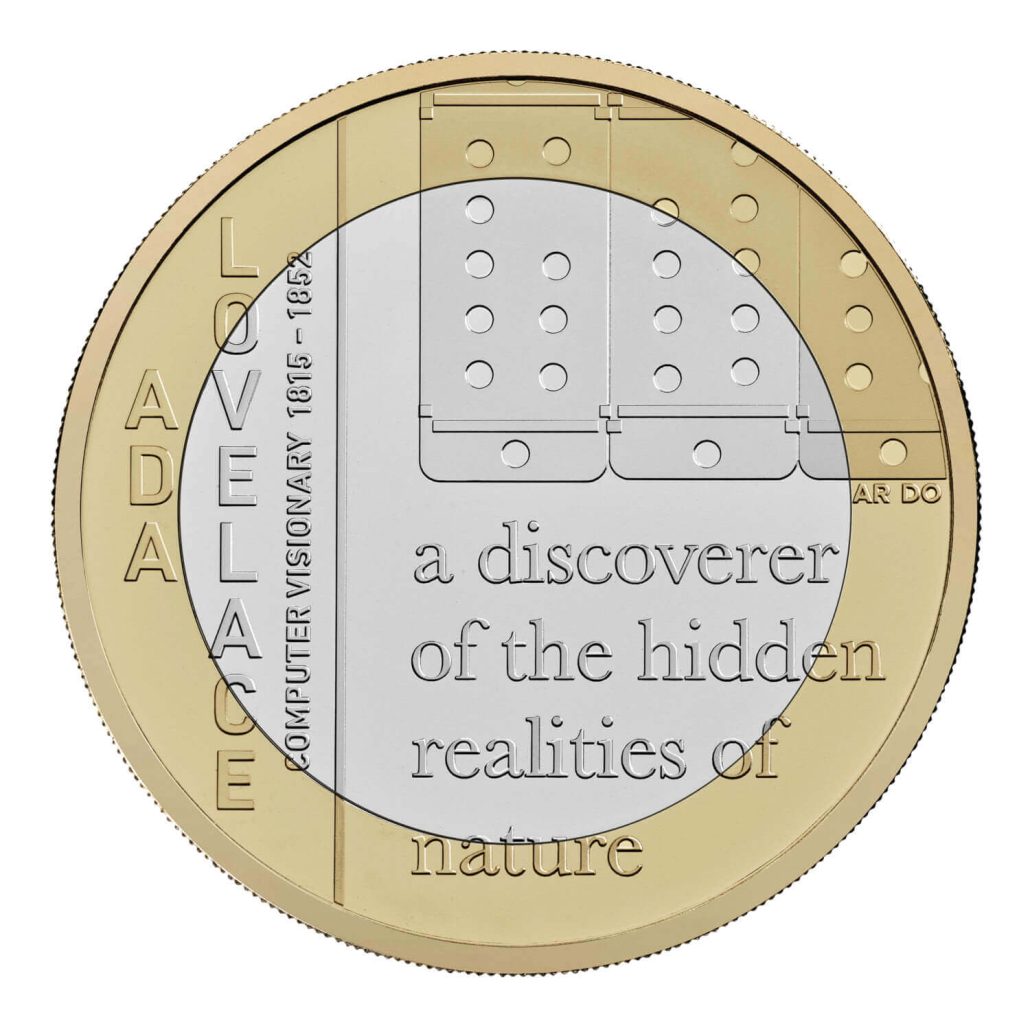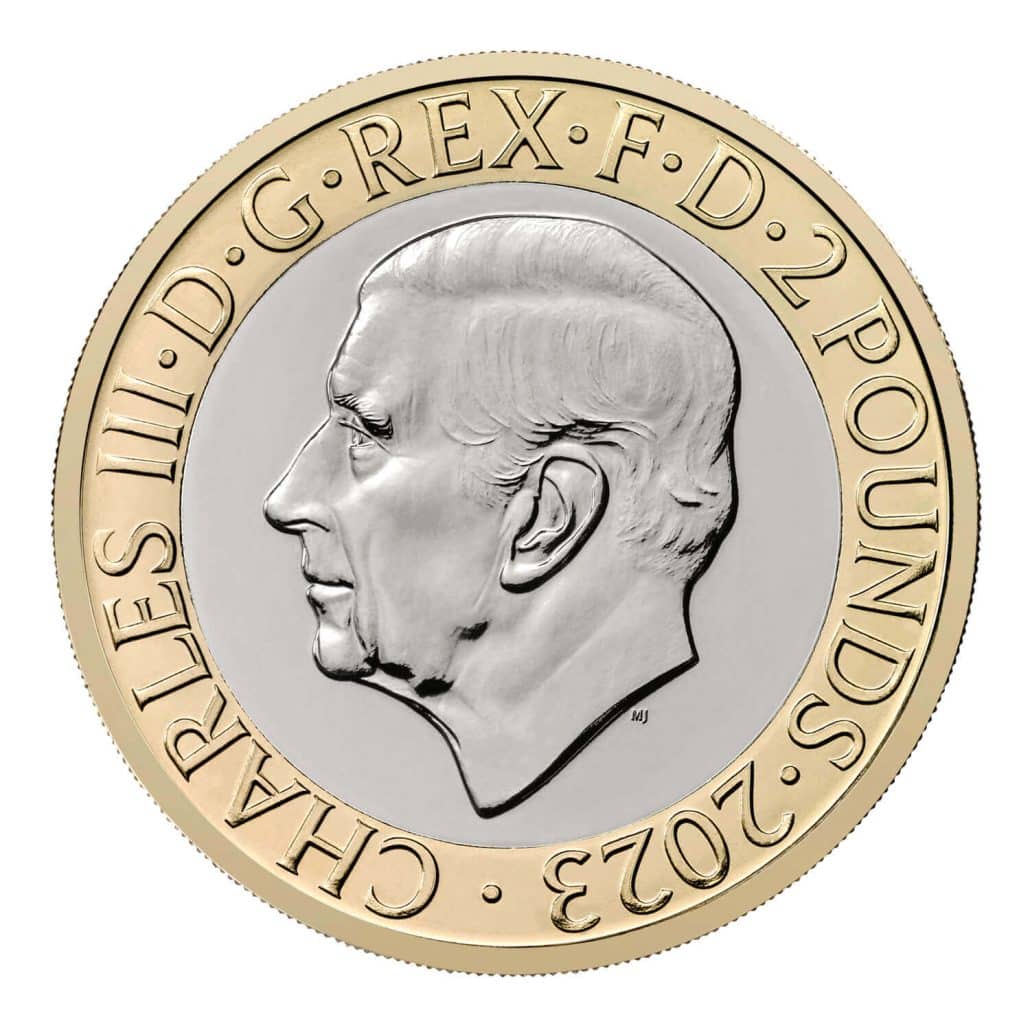The Ada Lovelace £2 coin, released by The Royal Mint, is a lasting tribute to one of computer science’s first female pioneers, Ada Lovelace. Celebrating her unparalleled contributions, this commemorative coin marks the intersection of Victorian ingenuity and contemporary recognition. The design and legacy of the Ada Lovelace £2 coin not only honor her as a critical figure in the history of computer science but also underscore the vital role of women in the field’s development. Through its intricate details, this Brilliant Uncirculated piece invites enthusiasts into a world of discovery, blending numismatic art with the rich tapestry of technological history.
The Historical Significance of Ada Lovelace
Ada Lovelace’s journey into the annals of computer science history began with her collaboration with Charles Babbage on his Analytical Engine, marking her as the world’s first computer programmer. Her unique upbringing, steered by her mother’s desire to divert her from inheriting her father’s temper, led Lovelace to a scientific education that was rare for women of her time. At just 17, Babbage captivated her with his computational machines.
Early Influences and Education:
Ada, born to the poet Lord Byron and Annabella Milbanke, deeply absorbed her mother’s emphasis on mathematics and logic to counteract her father’s erratic legacy.
Privately tutored by notable scholars like William Frend, William King, and Mary Somerville, Lovelace’s prowess in mathematics was evident early on.
Augustus De Morgan further supported her mathematical studies in the 1840s.
Collaboration with Charles Babbage:
Ada Lovelace first encountered Charles Babbage on June 5, 1833, and their meeting sparked a lifelong interest in computational machines.
She translated Luigi Menabrea’s article on Babbage’s Analytical Engine, enriching it with her own comprehensive notes which were thrice the length of the original article.
The celebration of Lovelace’s seventh note highlights it as containing the first computer program, illustrating the computation of Bernoulli numbers.
Legacy and Recognition:
Lovelace’s foresight in recognizing the potential of computers to go beyond mere numerical calculations foresaw the modern computing era.
Her work was published under the pseudonym ‘A.A.L.’, honoring her contributions while maintaining the era’s norms.
The programming language Ada and Ada Lovelace Day in October are tributes to her pioneering work in computer science, celebrating women’s contributions to STEM.
Ada Lovelace’s intellectual legacy, characterized by her visionary approach to computing and mathematical precision, laid the groundwork for the future of computer science. Her annotations on the Analytical Engine transcended the limitations of her time, anticipating the capabilities of modern computers a century ahead.
The Legacy of Ada Lovelace
The Ada Lovelace £2 coin not only commemorates a pioneering figure in computer science but also serves as a beacon of inspiration for future generations. It highlights the remarkable journey of Ada Lovelace, whose contributions laid the foundational stones for modern computing. Despite her achievements being overlooked for nearly a century, the recognition Ada Lovelace has received posthumously is monumental:
- Recognition and Honor:
- 1970s: The US Department of Defence names a computer programming language ‘Ada’ in her honor, acknowledging her role in the development of computational theories.
- 1980: The development of the ‘Ada’ computer language by the U.S. Department of Defence further cements her legacy in the field of computer science.
- Ada Lovelace Day:
- Founded in 2009 by Suw Charman-Anderson, Ada Lovelace Day is celebrated on the second Tuesday of October. This annual event aims to elevate the visibility of women in STEM fields and honor Lovelace’s groundbreaking work. It serves as a reminder of the critical contributions women have made and continue to make in science and technology.
Through these recognitions, we celebrate Ada Lovelace not only as the world’s first computer programmer but also as a symbol of perseverance and brilliance in a male-dominated field. We expect the Ada Lovelace £2 coin to raise awareness of her invaluable contributions and to inspire the next generation of female scientists and engineers, reinforcing the importance of diversity and inclusion in STEM.
Design and Features of the Coin
The Ada Lovelace £2 coin, a tribute to the pioneering computer scientist, is available in a variety of versions, each with its unique attributes and collectible appeal. These versions include:
Ada Lovelace 2023 UK £2 Silver Proof Piedfort Coin:
Priced at £128.50, this coin is distinguished by its double thickness, offering a more substantial feel and a higher level of detail in its design.
Ada Lovelace 2023 UK £2 Silver Proof Coin:
Available for £78.50, this coin features a standard proof finish, showcasing the design’s intricacies with clarity.
Ada Lovelace 2023 UK £2 Gold Proof Coin:
This premium option, listed at £1,250.00, is crafted from gold, providing an exquisite addition to any collection.
Ada Lovelace 2023 UK £2 Brilliant Uncirculated Coin:
For enthusiasts seeking an entry-level option, this coin is priced at £13.00 and offers a Brilliant Uncirculated finish, ideal for those beginning their collection.

The design of the coin honours Ada Lovelace’s work with Charles Babbage, featuring punched cards used to program Babbage’s Analytical Engine. The edge inscription “· INNOVATION IN SCIENCE · LOVELACE” ties the piece to The Royal Mint’s Innovation in Science series. Designer Osborne Ross drew inspiration from the original input cards used by Lovelace, integrating historical authenticity with numismatic artistry.
In terms of presentation, the Brilliant Uncirculated coins come in a blister-pak type folder, providing secure storage and easy display. Those choosing the premium silver proof and gold proof options receive them in a custom black vinyl-covered case and a polished hardwood case, respectively. Each includes a numbered certificate of authenticity, emphasizing the coin’s limited availability and collectible status. The gold proof variant, especially, showcases a two-tone £2 gold proof design, featuring an inner portion of yellow gold and an outer rim of rose gold, all finished to a mirror-like proof standard.
Conclusion
The legacy of Ada Lovelace, as encapsulated in the intricate design and historical significance of the Ada Lovelace £2 coin, serves as a profound homage to one of the most influential figures in computer science. This commemorative piece not only celebrates her pioneering contributions but also underscores the pivotal role of women in the evolution of technology and science. Through the detailed review of its design, features, and the legacy it represents, this article has highlighted the continuing relevance of Lovelace’s work and the enduring inspiration she provides to future generations, especially in encouraging the participation of women in STEM fields.
As we reflect on the milestones achieved by Ada Lovelace and the subsequent recognition through such symbolic tributes, it’s evident that her story transcends the realm of numismatics, embedding itself into the broader narrative of scientific progress and gender equality in the field. The Ada Lovelace £2 coin is not just a collector’s item but a beacon of innovation and perseverance, echoing her contributions across centuries. It reiterates the importance of acknowledging and celebrating the foundational stones laid by pioneers like Lovelace, which continue to influence and shape our future in science and technology.

